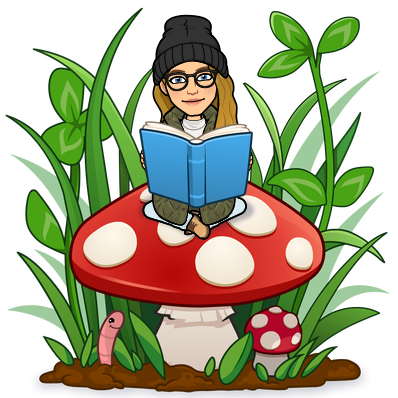Standard 5
Educators implement effective planning, instruction, assessment and reporting practices to create respectful, inclusive environments for student learning and development.
I am very fortunate to have had many wonderful Coaching Teachers (CT) to guide me through this process. Although I came into the teaching program with many tools of my own, I have massively grown as an educator with the help of these wonderful mentors. They have helped me develop my skills in many different ways, including: 1) Building a classroom community, 2) Planning, 3) Instruction, 4) Assessment, and 5) Reporting.

- Building a Classroom Community
I believe I am on my way to having the skills and classroom management strategies that are required to build an inclusive, safe, respectful environment in which all learners may flourish.
Classroom expectations are made clear for learners:
- Guidelines negotiated/discussed on Day 1 of quarter and
- Entire units dedicated to Etiquette/Respect
- Consistent space in room for supplies, hand-in, storage, etc.
- Discipline is the same for anyone who does not follow rules (though I honestly do not think I have had to reprimand anyone the entire quarter)
- Opportunities for learners to get to know one another in fun and authentic ways are built into lessons/activities (Click HERE for examples)
Student responses are anticipated and answered respectfully:
- When planning, I always think about what questions may be asked, what problems may arise from certain topics, and have planned answers or ways in which to respond
- I never shut down questions unless they are very inappropriate or hurtful
- When these inappropriate or hurtful questions or responses do come up, I try to make a teachable moment out of them
Non-instructional duties are handled efficiently:
- To respect my learners’ time and effort, I try to have the days run as smoothly as possible
- As much as possible, I make sure my own tasks like collecting, marking, organizing, conferencing with individual learners, writing e-mails, etc. do NOT affect student learning negatively in any way
Relationship with adult who has long-term relationship with learner is acknowledged:
- See Standard 4
2. Planning
By nature, I am not much of a planner…more of a wing-it-and-figure-it-out-as-you-go person. So this has been a journey for me. I have figured out how to thoughtfully plan for the individuals in front of me, and learned that IT. IS. IN. FACT. NECESSARY. FOR. SANITY. *insert upside down smiley face here* Over time, I believe my planning has improved through CT, PE and peer suggestions, and through my own reflexive practice. My planning looks very different depending on the level it is at (ie. course plan, unit plan, lesson plan, day plan), but it is always linked to the diversity of and needs of my learners with great knowledge of curriculum: Planning examples
3. Instruction
I have a lot of growing to do here, but my timing, pacing, wait-time, transitions and overall instructional abilities have improved massively. I am constantly reflecting and demonstrate awareness and a drive to be a better educator. A few of my improved area that I would now perceive as strengths are:
Monitoring students to determine appropriate pace and checking for understanding
Consistently helping students make connections between content and their own experience
Providing a variety of questions, probing for understanding and helping students articulate their ideas
Examples of some successes are found below:
- Students actively engaged in lesson – fungi coral
- Using a variety of technologies to add impact to instruction and to increase student learning
- Employing a variety of instructional strategies based on subject matter and needs of students
4. Assessment
I am Sisyphus and assessment is my rock (in more than one way!).
I both love and hate assessment, and I have come to realize that assessment IS the learning. It is not just marking and grading, and it is an excellent way to form relationships. I have made massive leaps and bounds in my assessment practice, but I am surely just beginning.
In my visual learner brain, assessment is is both a linear and a circular entity:
linear:
Horizontal (Backwards design)
Vertical (Skills and knowledge being built through a course and through the K-12 journey)
circular:
Cycle of instruction informed by assessment
5. Reporting